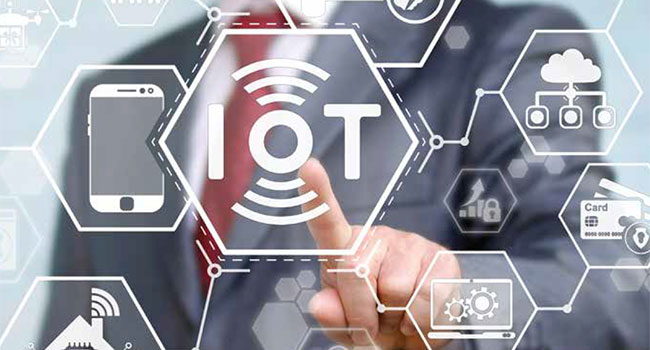
A Balancing Act
Cybersecurity takes a look at availability and protection
- By Jonathan Lewit
- Feb 01, 2018
Energy security, access to the electrical grid and police
and fire safety are just a handful of the networked services
that we take for granted and rely upon on a daily
basis. Every second of every day, sensors are digitizing
the real world, creating information and transporting
it across multiple networks and interfaces to a broadening audience.
While there is obvious utility being gleaned from this process,
from our vantage point here in the physical security space, information
sharing and transmission raises issues we have to consider: what
happens to this information inside those organizations, and what
risks are presented by increasing the communication in and out of
these organizations in the name of utility?
In a world where convenience and anytime availability can make
or break a business, information availability and always-on connectivity
are here to stay. Much as the Industrial Revolution brought key
innovations and new challenges, this new Information Revolution is
shaking up the accepted paradigms. The explosion of demand for
mobile access to information and increased opportunities for interconnectivity
are a fact of life, both at home and for business. We can
use security information to answer questions such as: How efficient
are your delivery routes? What cameras saw the guy with the red
shirt? Is that the UPS delivery man at the door?
High-risk Organization
Interconnectivity and high data availability also represent high risk
for organizations that are concerned about threats to their information
security. A hunger for more information upon which to base
decisions and actions is driving the proliferation of big data, video
analytics, cloud storage and Internet of Things deployments, while
ratcheting up our risk profiles and the potential for cyber-attack.
ONVIF’s mission is to establish a common communication interface
for all security devices and clients, across security disciplines,
systems and vendors. While ONVIF does not set security policy,
what many people don’t realize is that industry proven cybersecurity
measures can be included in the common interface established by
ONVIF. Among these are Certificate Based Client Authentication,
Keystores and TLS Servers. There are also best practices that can be
encouraged, such as forcing a default password change or out of the
box hardening. ONVIF and other standards groups can help ensure
and deploy real-time security by including these established cyber security
measures in their Profiles and standards.
The establishment of a common interface by ONVIF and other
standards organizations helps to bring awareness about the capabilities
of standards in this area and enables manufacturing companies
to invest once in this approach rather than continually developing proprietary products and unique interfaces
to integrate with other devices. Safe/smart
city deployments and Internet of Things systems
are helping to accelerate acceptance of
interoperability over proprietary systems.
In fact, it’s estimated that as many as 50
billion IoT devices will be connected to a network
over the next three years, all requiring
some measure of interoperability. If you’re
concerned about the security of information,
that number can seem alarmingly high. The
good news is that IoT security budgets are
also expected to increase substantially over
the next three years and there some changes
that we, as an industry, can proactively make
in the meantime.
Be Cyber Secure
Remember that a single device or product
alone cannot be cybersecure if it’s connected
to an unsecured network or to a network
with other vulnerable devices. People, products
and processes — these three elements
together can provide security, but if you
don’t have sound cybersecurity practices in
place for all three, you won’t have complete
security.
Manufacturers of physical security products
can use encryption technology to help
harden IoT devices. They can ship products
with default settings that require end users to
change the default password on install and
that also require password changes periodically.
It’s also worth exploring whether some
settings on devices should be locked down to
protect our customers, for example making
encryption part of the factory settings, increasing
the likelihood that encryption is left
enabled on the device.
End users and system integrators also
have some responsibility to bear. Approximately
95 percent of the security breaches
that occur today are due to some sort of
simple password error or lack of organizational
policies with respect to password
management. It takes only a matter of seconds
to very quickly choose a simple, easy
to remember password. However, relying on
the most convenient solution — often the
default password — can most definitely increase
the potential for compromised access
to our most private information.
As is the case with many things, a balancing
act is required when it comes to information
availability and securing access to that
information. Each end user and system integrator
has to find the right balance between
availability of data and protection of that
data, taking cost into consideration as well.
Strong user authentication, event monitoring,
activity logging, encryption of data
and other controls that are built into our IT
networks go a long way in increasing cyber
security. Using standards like those offered
by ONVIF may actually be the key to having
the best of both worlds: the ability to share
information with other
devices using standardized,
encrypted communications.
This article originally appeared in the February 2018 issue of Security Today.